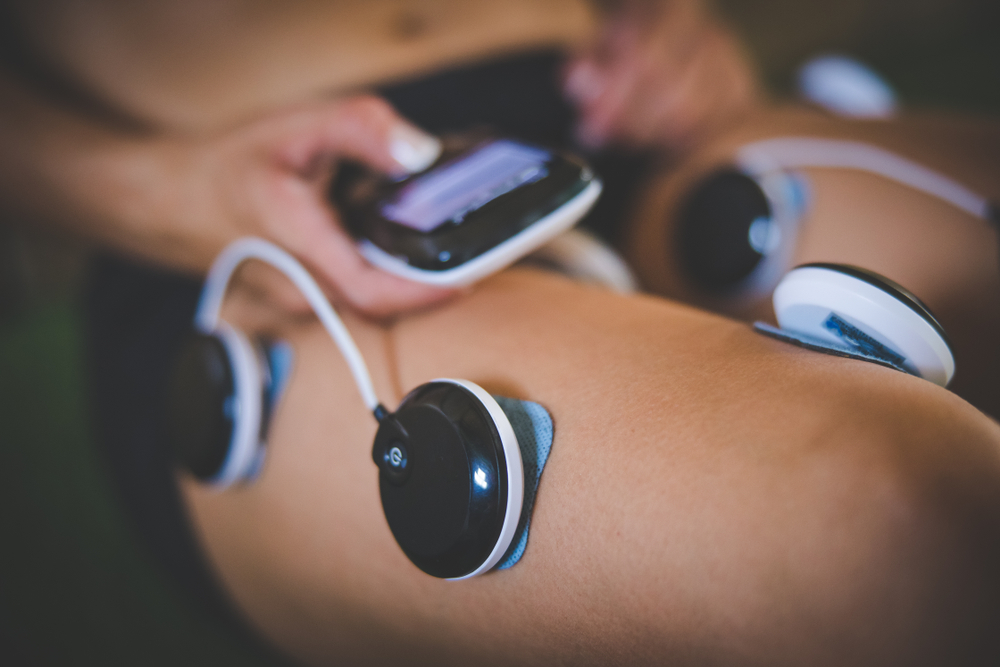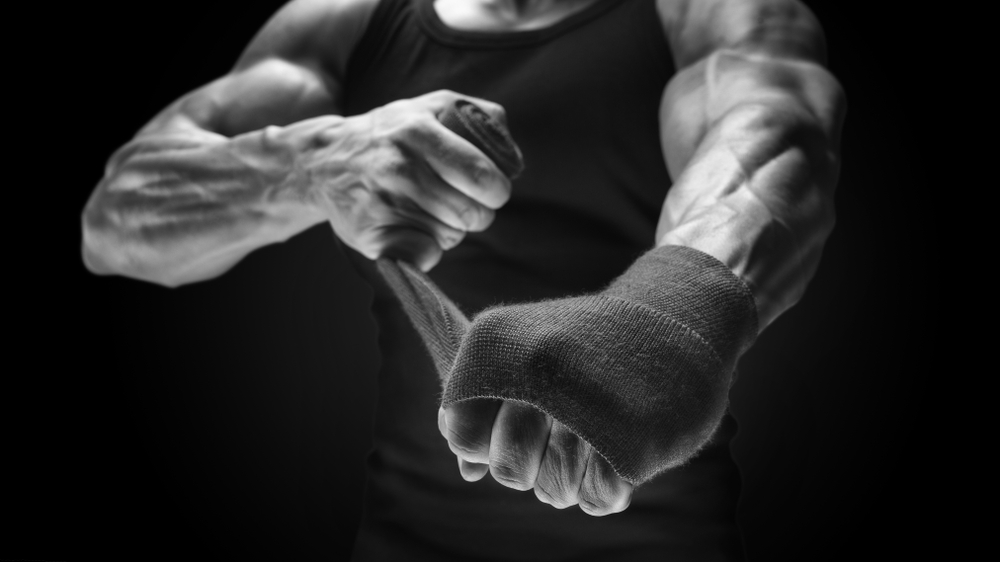Introduction
Professional athletes travel a difficult journey defined by unwavering training, unwavering dedication, and the never-ending quest for greatness in their never-ending pursuit of athletic greatness. However, there is no denying the physical toll that competition takes on the human body. High-stakes sports require not only physical strength but also a calculated approach to recuperation, an essential skill that is sometimes overlooked in the quest for peak performance.
This blog explores the world of elite athleticism by exploring the crucial recovery techniques that are now a part of every professional athlete’s daily regimen. Carefully developed and applied, these tactics are the foundation for quicker recuperation, less injuries, and maintaining a competitive advantage. The blueprint that enables these sports legends to not only withstand physical strains but to surpass them is revealed as we examine the science and artistry underlying these recuperation methods. This guarantees that every quest of greatness starts anew with a body and mind perfectly honed for victory.
- Quality Sleep as the Foundation: It is impossible to exaggerate the significance of sleep for the healing process. When you get good, restorative sleep, your body heals and regenerates. A regular sleep schedule is often a top priority for professional athletes, who should strive for seven to nine hours of sleep every night. Hormone balance, muscle repair, and general mental health all depend on sleep. The quality of sleep can be greatly improved by establishing a relaxing environment, adhering to a regular sleep schedule, and using relaxation techniques.

- A diet rich in nutrients for recuperation: Eating well is essential for both sports performance and recuperation. A balanced diet that contains the right proportions of carbs, proteins, fats, vitamins, and minerals is the main focus of athletes. Refueling glycogen stores with carbohydrates and promoting muscle repair with protein are essential after training or competition. Athletes frequently monitor their fluid intake to replenish the electrolytes lost through sweat, as proper hydration is equally important. To help with overall recovery and inflammation reduction, some athletes also take supplements containing antioxidants and omega-3 fatty acids.
- Hydrotherapy: A popular recovery method for professional athletes, hydrotherapy involves using water for therapeutic purposes. This helps with muscular recovery. Ice baths, or immersion in cold water, constrict blood vessels and lower metabolic activity, which helps alleviate soreness and inflammation in the muscles. Hot and cold water baths in succession can improve circulation and aid in healing. Training facilities frequently use hydrotherapy techniques to help athletes recover more quickly and lessen the effects of intense physical activity.
- Active Recovery Strategies: In between intense training sessions, active recovery entails low-intensity exercises or activities. This method facilitates better blood circulation, which helps the muscles rid themselves of waste products produced during metabolism. Simple exercises like yoga, swimming, or cycling are popular choices for active recovery. In addition to preventing stiffness and increasing flexibility, athletes aid in the healing process by preserving movement without going overboard.
- Massage Therapy for Muscle Release: For many elite athletes, massage therapy is an essential part of their recuperation regimen. Trained massage therapists use a variety of methods to release tight muscles, lessen swelling, and increase range of motion. To target particular areas of tightness or discomfort, trigger point therapy, myofascial release, and deep tissue massage are frequently utilized. Frequent massages help with physical healing as well as mental relaxation, stress reduction, and wellbeing enhancement.
- Compression Garments for Circulation: Athletes have begun to favor compression apparel, such as sleeves or socks, because it may improve circulation and lessen soreness in the muscles. These garments’ mild pressure may facilitate better blood flow, lessen swelling, and hasten healing. In order to speed up their recuperation after strenuous training sessions or competitions, many athletes wear compression gear.
- Technology-Assisted Recovery: Technological developments have brought forth novel instruments to facilitate the recuperation of athletes. To lessen inflammation and hasten healing, the body is exposed to extremely low temperatures in cryotherapy chambers. Dynamic compression is a technique used by Normatec compression boots to improve circulation and hasten the elimination of metabolic waste. Furthermore, athletes can monitor critical metrics like heart rate variability and sleep patterns with the aid of wearable technology like fitness trackers and smartwatches, which can provide important insights into their level of recovery.

- Mind-Body Techniques: Several professional athletes integrate mind-body techniques into their recovery regimens because they recognize the connection between mental and physical health. Techniques like breathing exercises, mindfulness, and meditation help reduce stress, sharpen attention, and build mental toughness overall. These methods are essential to athletes’ overall healing process in addition to helping them maintain emotional equilibrium.
Conclusion
In the competitive realm of professional sports, optimizing recovery is just as important as training. The ability of an athlete to continuously perform at their peak is determined by the symbiotic relationship between intense physical exertion and efficient recovery techniques. Athletes use a variety of strategies for recuperation, from embracing hydrotherapy, massage, and cutting-edge technologies to emphasizing restful sleep and eating a diet high in nutrients. Professional athletes protect their physical health and mental toughness by incorporating these critical recovery techniques into their routines, which helps them stay at the top of their respective sports. The dedication to thorough rehabilitation is what enables these sports legends to push the envelope and rewrite the rules of human performance as the world watches on from another feat of athletic brilliance.
